Orwell’s opposition to totalitarianism was rooted in his support for freeing workers from poverty and exploitation

George Orwell’s dystopian novels Animal Farm and 1984 have remained popular in the U.S. ever since their initial publication in the 1940s. What’s less well known is that in the years before their publication… Orwell’s writing often focused primarily on other themes including work, poverty, anti-imperialism and democratic socialism. In fact, Orwell remained a committed democratic socialist until his death in 1950.
Deserted Wives and Economic Divorce in Nineteenth-Century England and Wales: ‘for wives alone’

How the AIDS Epidemic Led to the Creation of Sex Ed in America

The Adolescent Family Life Act (AFLA), nicknamed the “chastity bill,” was a federal law that provided funding for teen pregnancy prevention under Ronald Reagan’s Omnibus Budget Reconciliation Act of 1981. AFLA specifically funded programs that solely promoted abstinence, and specifically did not provide funding for any programs that taught about abortion or contraception. This often led to direct federal funding of religious abstinence-only programs, and led to a loss in funding for comprehensive sex ed programs.
The Guardian Angels: Anticrime Activism and “Popular Neoliberalism” in Crisis-era New York City

Mother of Methadone: A Doctor’s Quest, a Forgotten History, and a Modern-Day Crisis

Buzz Johnson and Claudia Jones: Black Radicalism in the Heart of Empire

Gender Violence in Late Antiquity: Male Fantasies and the Christian Imagination

Between sacrifice and duty. The changing image of the Polish Mother-Patriot and evolution of women’s national agenda in the Province of Posen at the turn of the twentieth century

Historical Evolution of the Public Hospital System in Spain, 1963–2019: A Path to Equity in Healthcare Access?

Pathology and Visual Culture: The Scientific Artworks of Dr. Jean-Martin Charcot and the Salpêtrière School

What Happened to Rural Community and Regional Development? The Evolution of a Planning Idea

Productivity, the humanization of work, and the future of labor: insights from industrial psychology in late socialist Yugoslavia and Romania
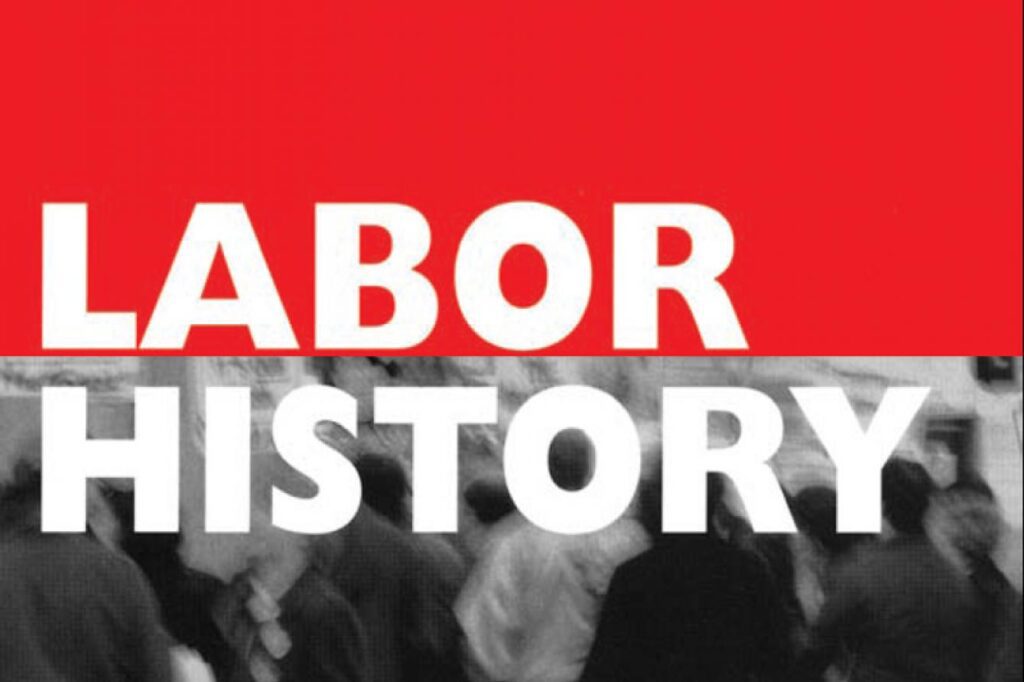
“Prototypic personality disorder” and the social issue: The category of psychopathy in Polish psychiatry in the interwar period.

School maturity and the quest for normalcy: how parental complaints shaped expertise and state policies in socialist Hungary and East Germany, 1960s-1980s

Illuminated Lives: A brief history of women’s work in the middle ages
Penning Poison: a history of anonymous letters

Wealth and marriage at the Cape: consanguineous unions as a strategy

Generations at the crossroads: biographical experience and working-class politics in China

The movement: the African American struggle for civil rights
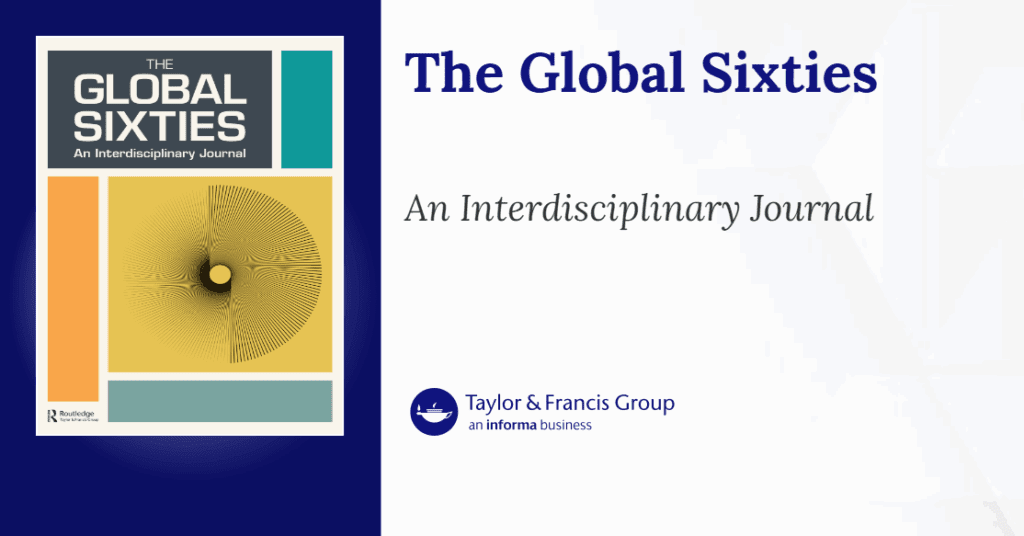
Anxieties about a Porous Border: Australian Government Responses to Melanesian ‘Boat People’

A woman with a pillow on her belly: semi-legal adoption practices in Soviet Lithuania

Drawing on extensive archival sources, ego documents, interviews and Soviet publications, this article explores the peculiarities of adoption practices in the Soviet Socialist Republic of Lithuania (LSSR) after the 1944 reoccupation.
The electrified artist: Edvard Munch’s demons, treatments, and sketch of an electrotherapy session (1908–1909)

New feminist approaches to 18th-century women’s labour: sex work and mother work in The Memoirs of Mrs Margaret Leeson (1795–1797)

Port Arthur’s post-probation labour gangs, 1856-1877: the aged and ailing remnants of the convict system or skilled and productive workers?

Transition to consistent contraceptive practices in Finland: access to abortion and birth control, 1950s–1970s

Carson College for Orphan Girls, West Mill Road, Flourtown, Montgomery County, PA
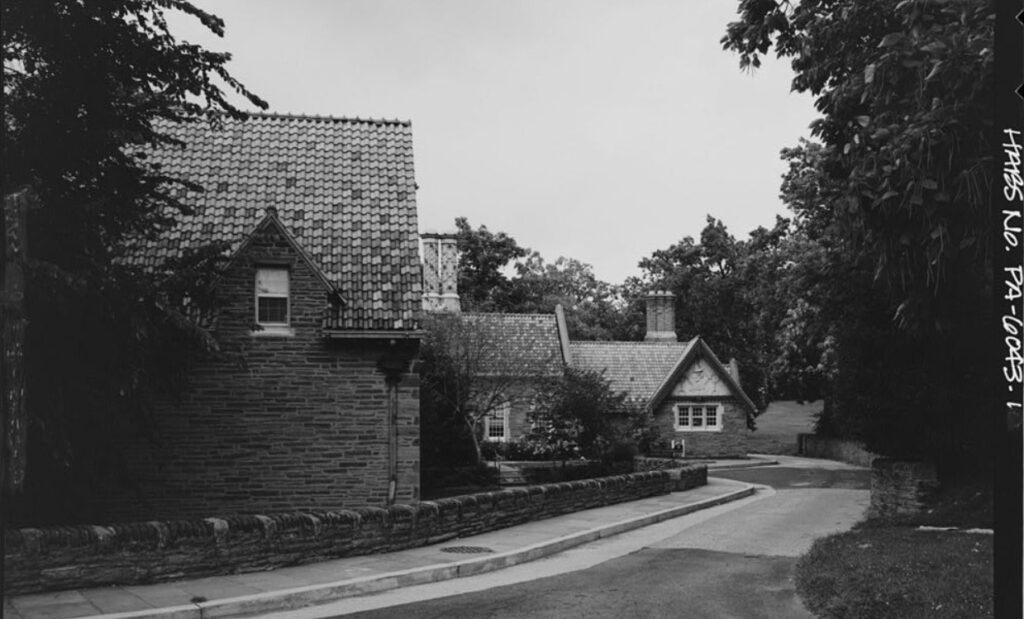
Carson College was one of several privately endowed orphanages established in the early 20th century, and from 1917-1960, was administered by Elsa Ueland, a pioneer in the fields of social work and progressive education.
“Vodka knows when the time is right”: Theatre, Hygiene, and Anti-Alcohol Propaganda in the Early Soviet Union
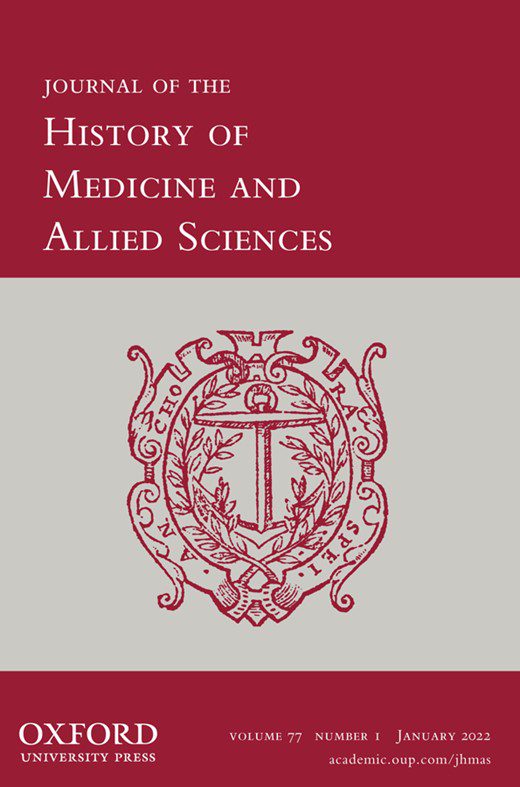
Melissa Reynolds, Reading Practice: The Pursuit of Natural Knowledge from Manuscript to Print
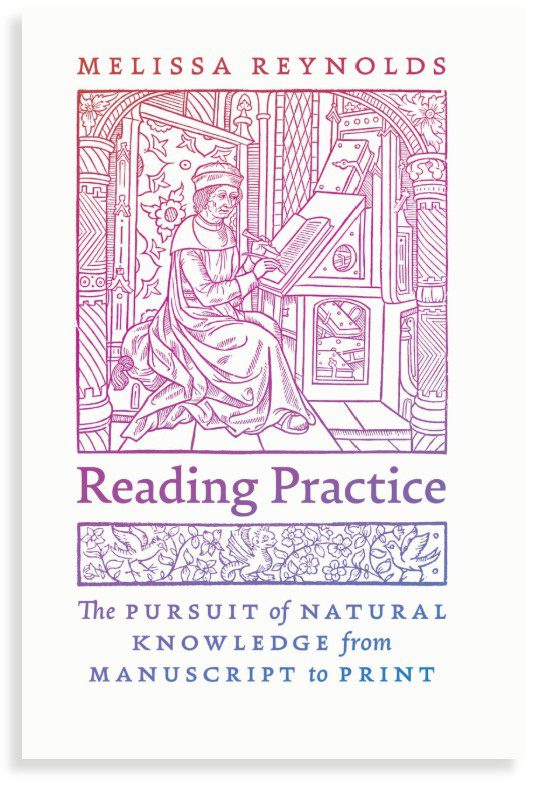
Through portraits of readers and their responses to texts, Reading Practice reconstructs the contours of the knowledge economy that shaped medicine and science in early modern England.
The End of Love in the Seventeenth Century: Certainty and Uncertainty in Courtship

This article examines the emotional landscape of courtship and engagements in seventeenth-century Sweden. By using a framework by Illouz, understanding courtship as a cultural technique aimed at creating certainty in socially risky situations, the courtship of two women by one student is examined. The analysis moves from the intimate interactions of the couple to the family, the community and lastly the ecclesiastical and university authorities.
The current social protection discourse, gig economy within the advent of COVID-19: some emerging legal arguments

A new labor movement? Assessing the worker upsurge in the contemporary U.S.
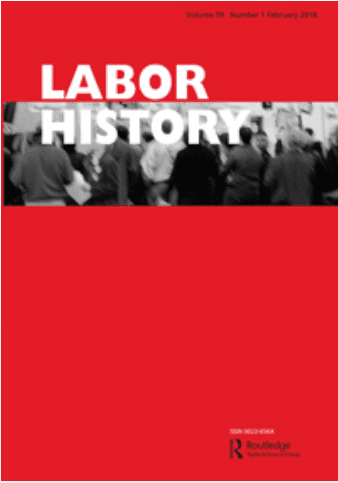
Prisoners’ Bodies: Activism, Health, and the Prisoners’ Rights Movement in Ireland, 1972-1985

American Historia: The Untold Story of Latinos
Elizabeth Stuyvesant, State Organizer, National Woman’s Party
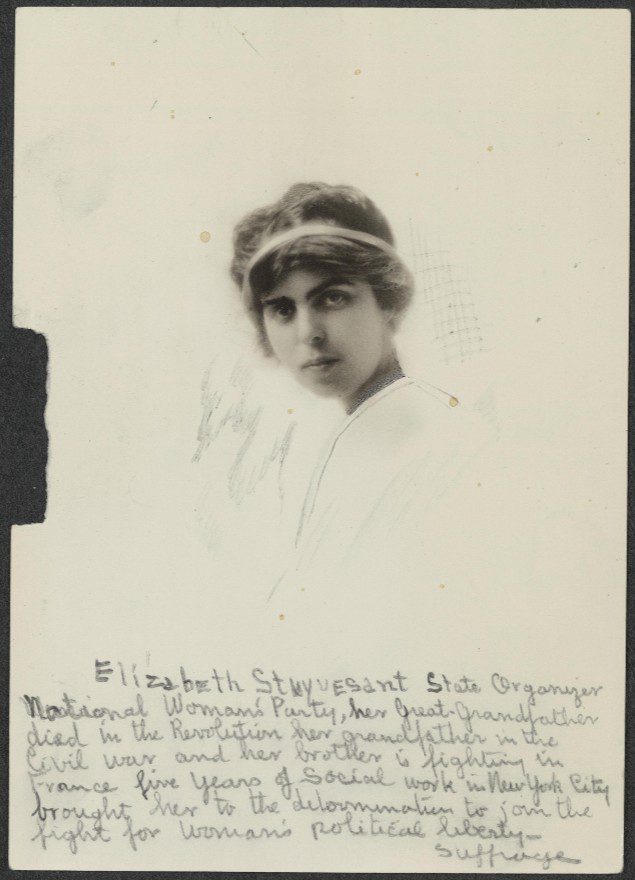
Elizabeth Stuyvesant of New York City, formerly of Cincinnati, was a professional dancer. She was active in settlement work and in the campaign for birth control. On July 4, 1917, she was arrested while picketing the White House for suffrage and sentenced to three days in District Jail.
President Roosevelt addresses social workers at White House
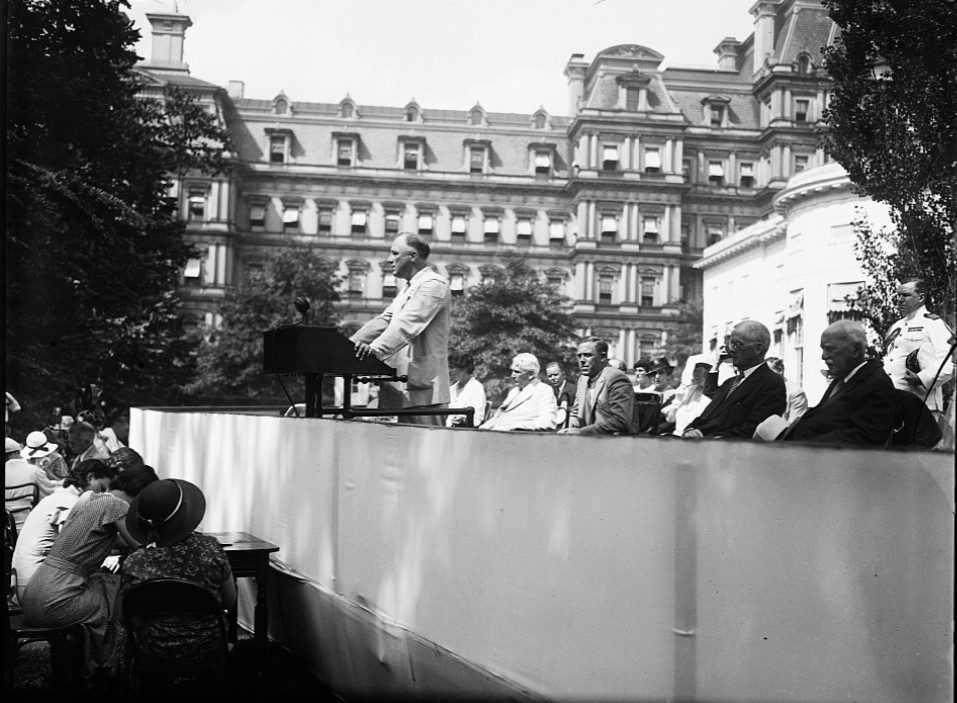
Growing Up and Going Out Youth Culture, Commerce, and Leisure Space in Post-War Britain

Disseminated Knowledge: The Advancement of Finnish Occupational Medicine and Work Psychology in a Transnational Context, c. 1945–1952

Still a Man in a Lab Coat? A Scoping Review on the Stereotypical Scientist

Institutional, social, and household determinants of reproduction in Northeast China, 1789-1906
Volume 30, Issue 2, June 2025, Page 133-165
.
Danish peasants destroying paperwork, 1438–1441

A brief art history of adultery

Historically, artistic representations of adultery have been used to raise questions about the importance of love and sexual desire in marriage. Artists have also used their works to explore themes of culpability and punishment, and to explore the consequences of infidelity for the families of the adulterers. Above: The Stolen Kiss 1787 by JH Fragonard and/or M Gerard
Then Again: From his Vermont farmhouse, a novelist imagined a fascist takeover of America

Nobel Prize winning author Sinclair Lewis sequestered himself on his Vermont farm during the summer of 1935 and hammered away on his latest novel. He was in a hurry, fearing that real-world events might overtake his narrative. For his plot, Lewis drew from national and international headlines of the day, but he made the main character a Vermont newspaper editor and set most of the story among the green valleys of his adopted home.
The role of migrant networks on economic outcomes during the age of mass migration: Swedish immigrants in the U.S. 1900–1920

“The Shrinking Heart”: The Pathologies of Sadness in Medieval and Early Modern Culture

A broad battle: public opinion and the 1945–1946 General Motors strike

From traditional remedies to mental hospital: the evolution of mental illness treatment among women labourers in the straits settlements, 1900-1930

The sisyphean rock of family-forsaken prostitutes: a study of the family factors of prostitutes’ predicament in Beijing during the Beiyang Period (1912—1928)

The ‘silver thread’: Hazel Hunkins-Hallinan (1890–1982), the Six Point Group, and new understandings of intergenerational female activism in England, 1960s to 1980
Hazel devoted her adult life to ‘the cause’, the fight for women’s equality. Born in Aspen, Colorado, U.S.A. in 1890 Hazel studied chemistry at Vassar College, graduating in 1913. She went on to teach and study at the University of Missouri where in 1916 she completed a master’s degree in chemistry. However she soon experienced gender discrimination first hand when she failed to secure employment as a chemist. She recalled this rejection in an article published in The Washington Post in August 1977:
I had decided I wanted to be a chemist, not a teacher again. I applied from New York to California, answering every ad relating to chemists. I got stacks of letters back. A big stack. Every single one read, ‘You are qualified, but we do not employ women.’ I was indignant!…
This injustice propelled Hazel in 1916 to join the new National Women’s Party (NWP), set up by Alice Paul and Lucy Burns, to demand the equal franchise for women in all U.S. states via an amendment to the American Constitution….
Hazel was soon working for Alice Paul, leader of the NWP, at the party’s headquarters in Washington DC. Here she engaged in militant activism and along with Paul was arrested and jailed in 1917 for chaining herself to the railings of the White House. She was sentenced to 30 days in Occoquan jail and went on hunger strike. Within a week President Wilson had pardoned the women.Footnote13 Reflecting on her experiences as a suffragette Hazel commented that the NWP never sanctioned violence:
Domestic Misfits, Social Physics and the Problem of International Statistical Standardization
